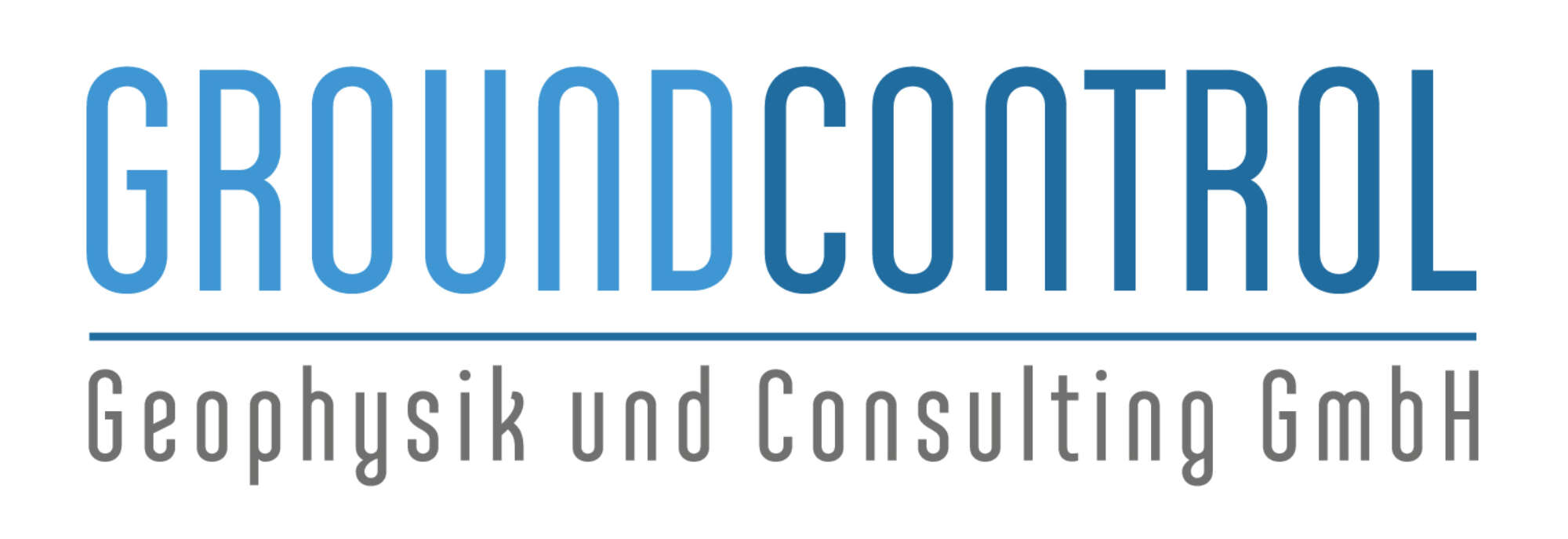 today 137
today 137

Dipl.-Ing. GIUSEPPE STACCONE, Managing Director, Ground Control GmbH, Munich
The GPR has become a standard procedure for inspection and quality assurance of railway tracks. Further developments in measuring and analysis technology have made it possible to improve the informative value of measuring data. The latest leap in technology is the use of Artificial Intelligence (AI).
The precise and complete recording of the track bed and the substructure is key to the efficient and cost-effective implementation of maintenance operations. For decades, exploratory drilling and trial pits were indispensable to investigate the subsoil, as the technology for a complete recording had not yet been invented. In the 1990s, scientific research centred on the use of the GPR for investigating the subsoil in railway systems for the first time.

The non-contacting procedure uses electro-magnetic waves to penetrate the track body to a depth of 2.5 m. Depending on the subsoil conditions, the waves are reflected differently. Radargrams record the measuring data of the reflections. They allow recording different parameters such as the level of moisture, the degree of fouling, and the boundaries between ballast bed layers.
When the GPR was introduced in track construction, it was the first procedure to allow for a comprehensive and complete inspection of the track bed. As it outperforms previous procedures in many respects, it has become a standard procedure in no time. The GPR eliminates the need for line closures and makes it possible to inspect complete lines and networks comprehensively and quickly. Devices from the latest generation can be installed on any carrier vehicle and can run as autonomous systems fed by a battery. This allows for the operation on both track machines and regular trains. As a result, the informative value of measuring data increases as it is collected under real load.
The continuous further development of the technology has made it possible to increase the measuring speed and improve the measuring quality. Thanks to high-performance electronics, measuring speeds reach up to 300 km/h. Various antenna frequencies ensure optimal resolution at different depths. Special trigger systems make it possible to measure only between the sleepers, allowing for further increases in data quality. The combination of DGPS and Doppler radar achieves a position accuracy of below 0.3 m.
In recent years, the performance of computers and analysis software has increased significantly. This has enabled advances in measuring data analysis. The development of digital filters, for instance, has enabled significant improvement of the data quality. They make it possible to record and evaluate structures within the track body that remained undetected in the past. Until recently, however, the quality of data interpretation depended on the expertise of the analyst.
Therefore, the use of AI in data analysis has been another significant leap in technology. With the help of machine learning algorithms, the software learns to interpret reflection patterns in radargrams correctly. With every kilometre investigated, accuracy increases. Today, analysis software outperforms even experienced specialists in terms of quality and reproducibility. In addition, automated radar data analysis creates more opportunities for visualisation and data integration. Measuring results can be clearly depicted in diagrams and digital maps. Moreover, they can be entered into data bases effortlessly.
When it comes to quality and reproducibility of measuring data analysis, AI outperforms even experienced specialists.
An increasing number of railway operating companies has been using Big Data for life cycle management. GPR data, analysed by machines, has become an important data source. NATAS, the track geometry analysis system of Austrian Federal Railways is a great example for the combination and analysis of diverse track data. It facilitates the early detection of tendencies and enables the optimisation of maintenance forecasts, particularly thanks to the use of GPR data. Fitted with GPR, track inspection vehicles record not only the outer track geometry, but also the condition of the ballast bed and the substructure - in a single measuring run. This is another step towards the comprehensive provision of track data from one source.
The Ground Penetrating Radar will continue to gain importance for both preventive inspection and the documentation of track construction works such as the installation of a formation protective layer or the thickness of the track-bed layer. Austrian Federal Railways have already approved the system for the documentation of the work performed. For this purpose, Swietelsky’s track maintenance machines have been fitted with GPR.
This technology is also used for track work optimisation. Particularly for large ballast cleaning and track renewal machines, early detection of obstacles or dangers, such as concrete foundations, cable ducts, and munition, prevents costly standstills, avoids damages and reduces wear.
Further application options are on the horizon. It is a realistic scenario that many track maintenance machines will be equipped with a GPR in ten years’ time. This is why Ground Control recently initiated a technology partnership with Plasser & Theurer. Using live radar data, it could be possible to control a machine’s working output on the basis of the subsoil conditions and to automate work processes in future. Such applications have great potential for increasing efficiency and cost-effectiveness. Given the rapid progress in measuring technology and analysis technology, these systems will soon become reality. There is no doubt that the importance of the Ground Penetrating Radar in track maintenance will further increase.